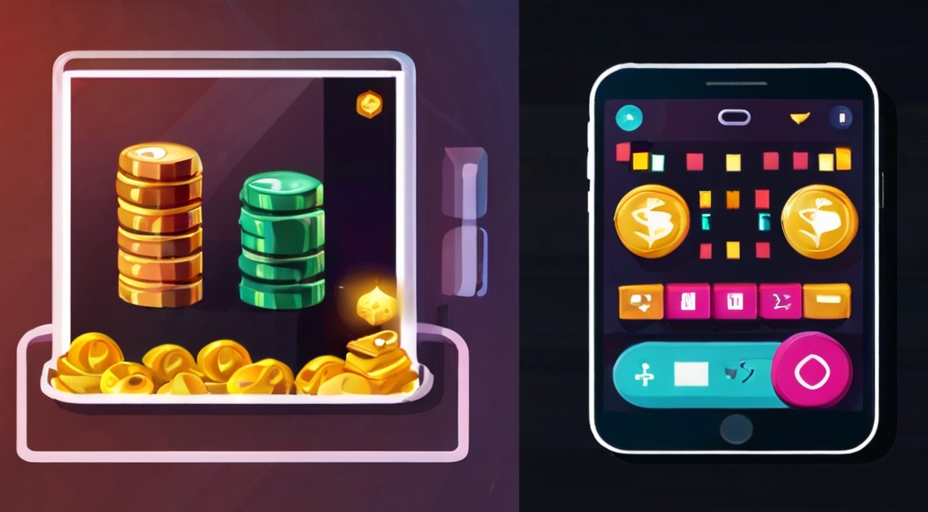
In the fast-paced realm of mobile game development, grasping the nuances of cost estimation is vital for both developers and clients alike. With the continuous evolution of technology and shifting consumer expectations, the realm of mobile game development costs in 2024 is a multifaceted landscape shaped by various factors. In this comprehensive guide, we’ll explore the essential elements that impact the cost of developing a mobile game in 2024. Through insights, statistics, and real-world examples, we aim to illuminate this intricate topic.
Mobile Game Development Statistics
Mobile gaming continues to dominate the global gaming market. In 2024, the Mobile Games market is projected to generate a revenue of US$98.74bn worldwide. This amount is expected to exceed $118 billion by 2027. With such staggering numbers, it’s evident that mobile game development is a lucrative industry with immense growth potential.
Factors Influencing Mobile Game Development Costs
a. Development Platform:
The choice of development platform significantly impacts costs. For example, developing a game for iOS and Android simultaneously typically requires more resources compared to focusing on a single platform.
b. Design Layout:
The complexity and intricacy of the game’s design layout, including 2D and 3D elements, animations, and visual effects, play a pivotal role in determining costs.
c. Complexity:
The complexity of the game mechanics, features, and overall gameplay directly correlates with development costs. Simple casual games require fewer resources compared to complex RPGs or multiplayer titles.
d. Development Time:
The duration of the development cycle, including concept ideation, prototyping, coding, and polishing, impacts costs. Longer development times often translate to higher expenses.
e. Testing Period:
Thorough testing is essential to ensure a bug-free and polished final product. Extending the testing period may increase costs but ultimately results in a higher-quality game.
Mobile Game Development Cost Breakdown:
a. Example 1: Simple Casual Game (e.g., Puzzle Game):
Development Platform: iOS
Design Layout: 2D graphics with minimal animations
Complexity: Low
Development Time: 3 months
Testing Period: 2 weeks
Estimated Cost: $20,000 – $30,000
b. Example 2: Mid-tier Game (e.g., Endless Runner):
Development Platform: iOS & Android
Design Layout: 2D/3D hybrid with moderate animations and visual effects
Complexity: Medium
Development Time: 6 months
Testing Period: 1 month
Estimated Cost: $50,000 – $80,000
c. Example 3: High-End Game (e.g., Open-world Adventure):
Development Platform: iOS & Android
Design Layout: High-quality 3D graphics with complex animations and visual effects
Complexity: High
Development Time: 12 months
Testing Period: 2 months
Estimated Cost: $150,000 – $300,000

Mobile Game Development Costs by Game Type:
Different game genres and types have varying cost considerations:
a. Casual Games: Casual games are less expensive to create because they usually feature straightforward gameplay mechanics and a minimalistic aesthetic. Puzzle games, match-three games, and endless runners are a few examples. The price to produce a casual game can vary from $10,000 to $50,000, based on things like the platform of choice, level of design complexity, and length of production.
b. Mid-tier Games: In the realm of mid-tier games, there exists a delicate equilibrium between complexity and financial considerations. These games boast refined graphics and gameplay, surpassing the simplicity of casual games. Examples encompass strategy games, simulation games, and platformers. When it comes to development costs, mid-tier games typically range from $30,000 to $100,000, with fluctuations influenced by factors such as the chosen platform, design intricacy, and duration of development.
c. High-End Games: High-end games are known for advanced graphics, immersive gameplay mechanics, and extensive content, making them the most expensive category to develop. Open-world adventures, role-playing games (RPGs), and multiplayer online battle arena (MOBA) games are a few examples of such games. The cost of developing a high-end game can range from $100,000 to $500,000 or more. It depends on factors such as platform complexity, design fidelity, and development timeline.
Mobile Game Development Costs by Country
The rates of mobile game development professionals vary by country, influencing overall project costs. As an outsourcing game development company with offices in Lithuania and Ukraine, Melior Games offers competitive rates compared to Western counterparts while ensuring high-quality output.
a. United States
The United States is recognized for its elevated cost of living and labor rates. Consequently, mobile game development expenses in the U.S. tend to be higher compared to numerous other countries. Rates for various roles within the development team ( developers, project managers, testers, and artists) typically range from $100 to $300 per hour.
b. Europe (e.g., Lithuania)
Countries in Europe, such as Lithuania, offer competitive rates for mobile game development while maintaining high-quality standards. Rates for development professionals in Lithuania may range from $50 to $150 per hour, depending on skill level and experience.
c. Ukraine
Ukraine is recognized as a hub for outsourcing game development, offering a favorable balance of cost-effectiveness and expertise. Rates for mobile game development professionals in Ukraine can range from $30 to $100 per hour, making it an attractive option for clients seeking quality at a lower cost.
d. Asia (e.g., India)
Asian countries like India are renowned for their cost-effective outsourcing services, including mobile game development. Rates for development professionals in India may range from $20 to $80 per hour, making it one of the most budget-friendly options for clients worldwide.
e. Overall Comparison
When comparing mobile game development costs across different countries, it’s essential to consider factors such as expertise, quality assurance, and communication capabilities in addition to hourly rates. While rates may vary significantly, choosing the right development team that aligns with project requirements and budget constraints is paramount for success.
Conclusion
In 2024, mobile game development costs are influenced by a myriad of factors, including development platform, design layout, complexity, development time, testing period, game type, and geographical location. By understanding these factors and considering real-world examples and statistics, developers and clients can make informed decisions and navigate the landscape of mobile game development costs effectively. At Melior Games, we pride ourselves on delivering top-tier game development services that meet client expectations while offering competitive pricing and ensuring maximum satisfaction.




